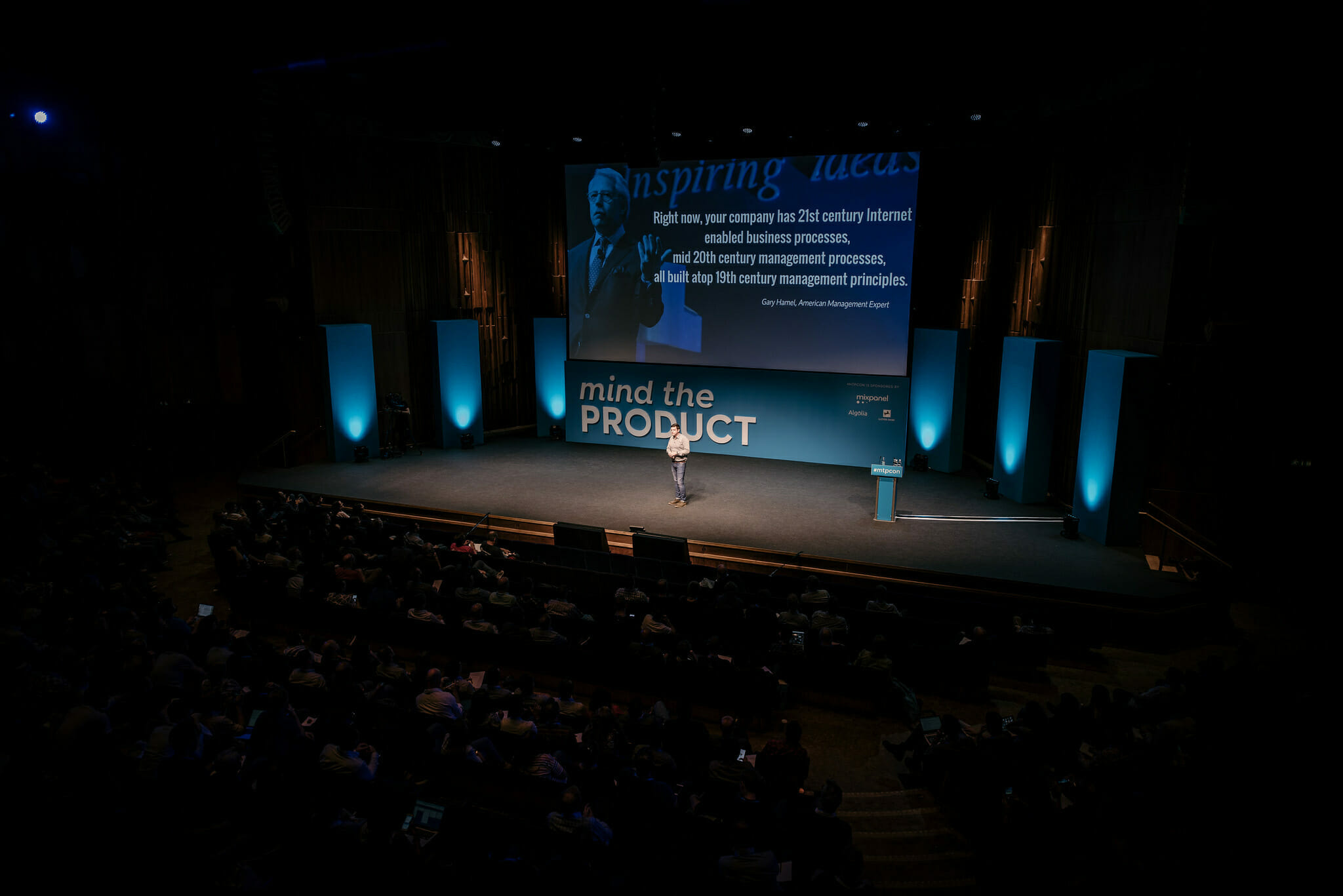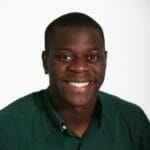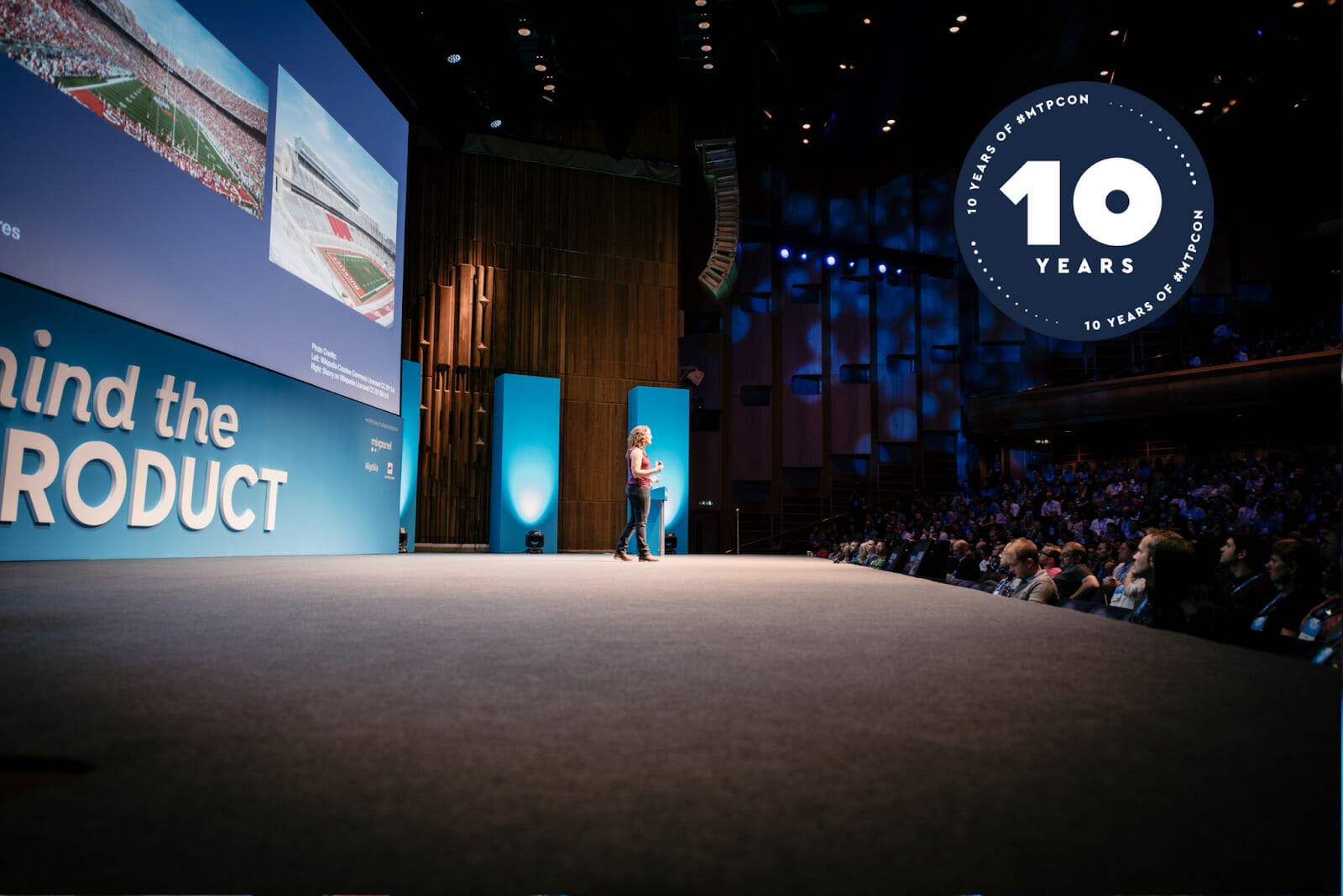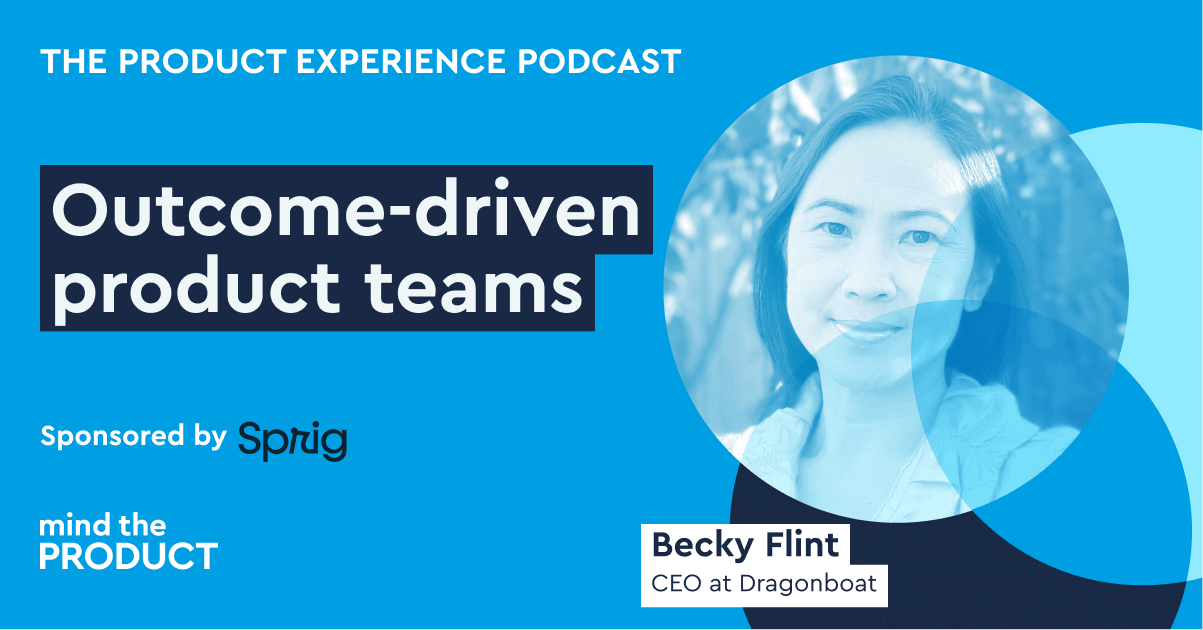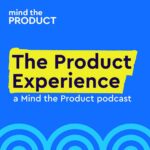Product leader Youssef Hounat has taken an unusual route into product management. He was previously a chartered accountant, who worked at four accountancy firm EY before joining Dutch audit management software startup turned unicorn DataSnipper three and a half years ago. In his time at DataSnipper, he went from its first product person to VP of product and leading a team of 12 full-time staff. He’s just joined another Dutch startup, ComplianceWise, which produces anti-money laundering and compliance software, as its second product hire.
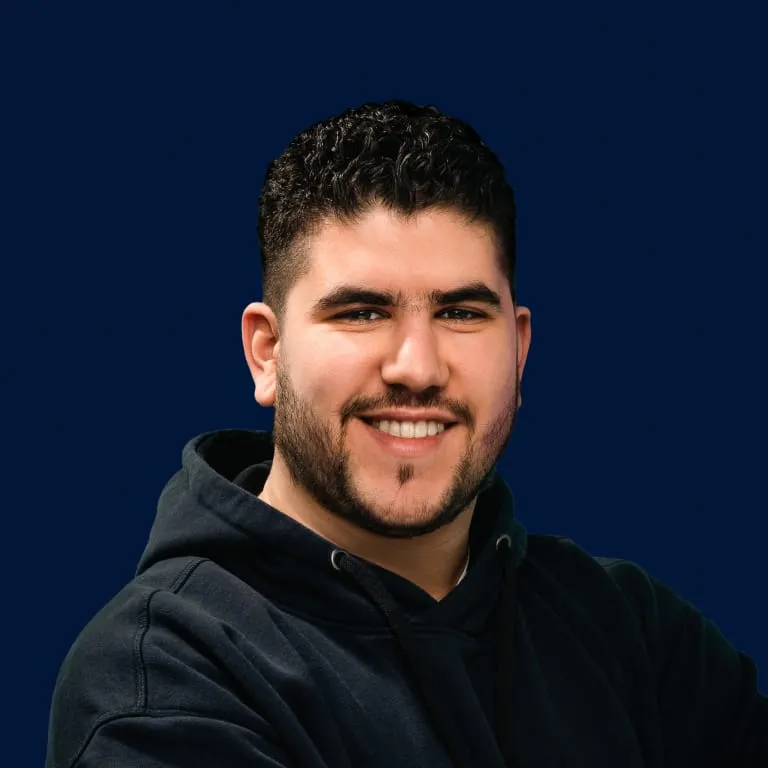
Youssef loved his time at DataSnipper and says he could have stayed there for the next 10 years, but the lure of another startup was too strong. “I really enjoy the beginning of the product journey, when you're really starting a team up,” he says. DataSnipper had about 200 staff when he left, he says, whereas there are just 25 people at ComplianceWise. He’s got plenty of suggestions on how to be effective when you’re the first product person in a business, ways to work with founders and things to look out for when building that first product team.
But first we should understand why Youssef switched careers. He originally became an accountant because he felt it would be a good industry for a business education and learning about how companies work. As part of the audit practice at EY he learned about but found there were a lot of manual and repetitive jobs in his work. He says: “I was moving a lot of stuff from PDFs into Excel, or trying to format tables into emails so we could chase outstanding deliverables. So I started developing products for myself, mostly because I didn't want to spend doing this and then having Excel crash on me. And through that I really discovered a passion for product development and product management.”
He and a colleague then formed an innovation team within EY to develop and build products for the business to use. How did he learn about product management? He did some online courses and got some certificates, but mostly, says Youssef, his knowledge came from “having a good peer group and a good network”. “I was meeting other product managers, learning about how they approach problems, and building my product craft that way.”
Youssef met the DataSnipper founders when they approached EY with an Excel plug-in they had built, and for him it was a “jaw dropping, aha moment” the first time he saw the product in action. So he sent the founders an email detailing his audit and product development experience and asked if they wanted to hire him. “None of the founders came from an audit background, they’d got the idea from a friend,” says Youssef. He spent time in a customer success role at DataSnipper - gathering feedback, prioritising bugs and the like - before the founders asked him to help form the company’s product team and take over from the founders.
A story we often hear is one where a business’ first product person battles with founders who can’t or won’t cede control, then realises that they’re unable to do their job as they would want and leaves the business. It’s a story that Youssef understands. He says: “You join as a head of product and your thought is, ‘okay I need to be the one to come up with the ideas and develop the roadmap and think about what we're really going to build’.”
He says a colleague at DataSnipper really helped him to frame the story differently. He explains: “Generally, when founders start a company, build a product and it gets some traction, they feel intense ownership over it. They kind of think of it as their baby. Who would you really trust to look after your baby? A very small circle of people. That's the level of trust that you need to get to with the founders before you can really start to have productive conversations.”
Transparency is key to building trust, Youssef finds. Trust means meeting expectations over time, he says: “You say you're going to do something, and then you do it, and you repeat that again and again until the expectation is that you will do what you say, that’s the true meaning of trust.”
Youssef admits to occasional frustrations in his early days at DataSnipper - “I would sometimes show up at meetings and think ‘why am I here if I’m bringing all these ideas and they’re not going anywhere?’” - but over time he and the company founders discovered good ways to work together.
“We created a shared language around what good looks like,” he says, “and by that I mean product principles, or design principles - things that you can try to apply anywhere you’re making decisions.”
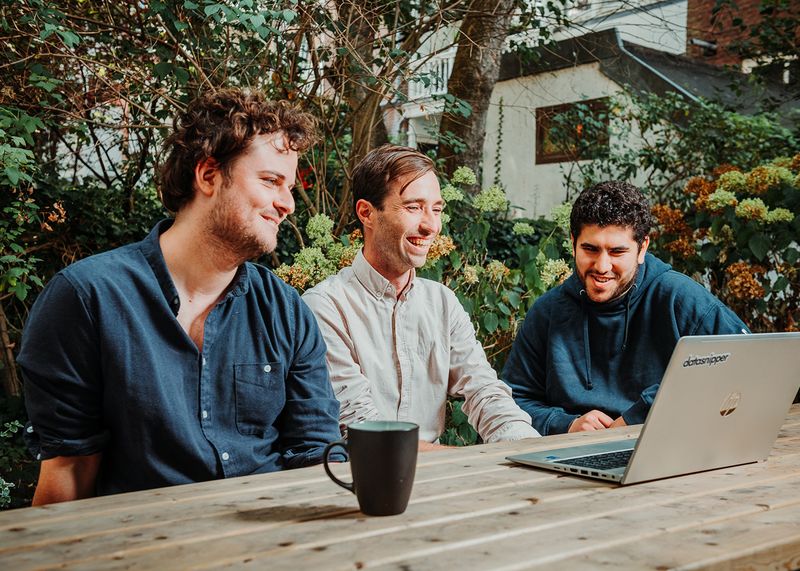
Youssef also advocates spending some time to work out where and when you - as a first product person/product leader - want founders to be involved. The founder involvement curve should be U shaped, he says, with time on the x axis and founder involvement on the y axis. To begin with you’ll rely on their product and market knowledge to help you shape a product vision and strategy. Then when you move to building something out, founder involvement should drop so that the team can do their work and validate ideas. Then, when you’ve got something that’s been built and tested - and you have data - you can bring the founders in again. Says Youssef: “Trust is something that you have to continuously work on. I think it took about a year at DataSnipper for the founders to be comfortable to take a step back. That was also their journey and their growth in terms of understanding that, while they loved the product stuff, there were lots of other things they needed to work on.”
It's also a really key part of the first product person’s role to educate the founders on the product discipline. Says Youssef: “Most of the time, they’re people who are entrepreneurial. Maybe they'll have an idea and they won't necessarily think about how to de-risk it or validate it, because they’ve already seen something that worked in the past.” So founders need to understand the work of product management, why it’s being done, and the value to the company of working with the product operating model. They also need to understand that whatever got the business to where it is won’t get it to the next step.
As an example, Youssef says that when he joined DataSnipper, the product was growing strongly and there was broad product/market fit, but no strong clear vision or strategy for the future. One of the first things he did was take the founders and product team off site for a day and have them focus on what had made the company successful so far and what they wanted for the next five years. He says: “For me, the vision is what the world looks like if we achieve all your goals, and the product strategy is a step below that - the five or six things that you build next to take you closer to the vision.”
It can be a lonely job being the first product person in a business and building the first product team. As Youssef says, feedback can come at you from every angle - developers want more details, customer success want bugs to be fixed, you’re drowning in feature requests from the sales team, and founders want to know why things aren’t moving faster. “I got through that by talking to other heads of product that were experiencing the same thing. A community of peers can really help you, because they understand exactly what you're going through,” says Youssef. Looking outside the company for advice can also be really helpful, Youssef says, because external peers are free from your internal context and assumptions.
If you’re a first product hire then inevitably you will have to straddle both the day-to-day and strategic work. Says Youssef: “Your job title is head of product, and you're being told you need to be strategic and form a vision and strategy. At the same time, you have a team of developers wanting to know what they’re working on next. Expect that stretch. You may need to lean on some of your counterparts in a different way than you might if you were doing product work in a corporate setting.”
The first hires on a product team are hugely important - a lesson Youssef says he learned the hard way. Someone with a few marquee names on their CV may not fit in with a less structured startup environment. Says Youssef: “It’s also about finding the type of people you want to work with. You want people who won’t get bothered if you don't use all of Teresa Torres's continuous discovery habits but who are cool with freestyling a bit or taking ideas from the CEO or sales or customers.”
If working as the first product hire sounds exhausting, that’s because it is. Youssef calls it a rule of thirds: a third of the time you feel awesome, a third of the time you’re stuck in the day-to-day process feeling ok, and a third of the time it feels really tough and exhausting. “The key with the last one is to really be focused on yourself, make sure that you have a check on yourself,” he says. “The other thing that keeps me going and gives me energy is knowing that people on the other side of the product [the customers] are getting a ton of value out of it.”

